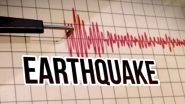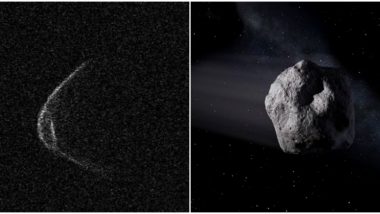Amid all the news regarding the death toll of Coronavirus coming in from parts of the world, here's a piece of good news for those who might have been paranoid. The huge asteroid 1998OR2 has successfully passed from 16 lunar miles of the earth this afternoon. After being continuously tracked from the last few months, the huge almost 2-kilometre wide asteroid has made its flyby around 3.26 PM on April 29. So you can finally squash those reports who predicted that the space rock could bring a doomsday on the planet. This comes as another good news in recent times, after reports of the healing of the wide hole in ozone layer.
The asteroid was classified as a potentially hazardous object and was also among NASA's near-Earth object. Recent pictures of this space rock released by Chile's Arecibo Observatory in the last week appeared that the rock too was wearing a mask. On April 29 afternoon, around 3.30 PM IST, the massive rock passed about 6.3 million kilometers of our planet. This was about 16 times the distance between the Earth and the Moon and so it was a safe flyby. Although that distance seems far to us, it is less in astronomical terms and thus this asteroid was among the list of near-earth objects. Online observatories like Slooh held live streaming of the same.
Watch Video of 1998 OR2 Making its Flyby on April 29:
In case, you have missed watching the live streaming, you can watch it again on Virtual Telescope Project at 12.00 AM tonight. Obviously, by then the asteroid would have already passed from the earth in real-time.
As per scientists, the next close approach of 1998 OR2 will not be for another 49 years. Flaviane Venditti, a research scientist at the Arecibo Observatory, was quoted in a report, "The radar measurements allow us to know more precisely where the asteroid will be in the future, including its future close approaches to Earth." Although the asteroid has passed, researchers will continue to observe the path of this rock. This asteroid was discovered on 24 July 1998, by astronomers of the NEAT program at the Haleakala Observatory in Hawaii and has been studied since then.
(The above story first appeared on LatestLY on Apr 29, 2020 06:42 PM IST. For more news and updates on politics, world, sports, entertainment and lifestyle, log on to our website latestly.com).













 Quickly
Quickly


